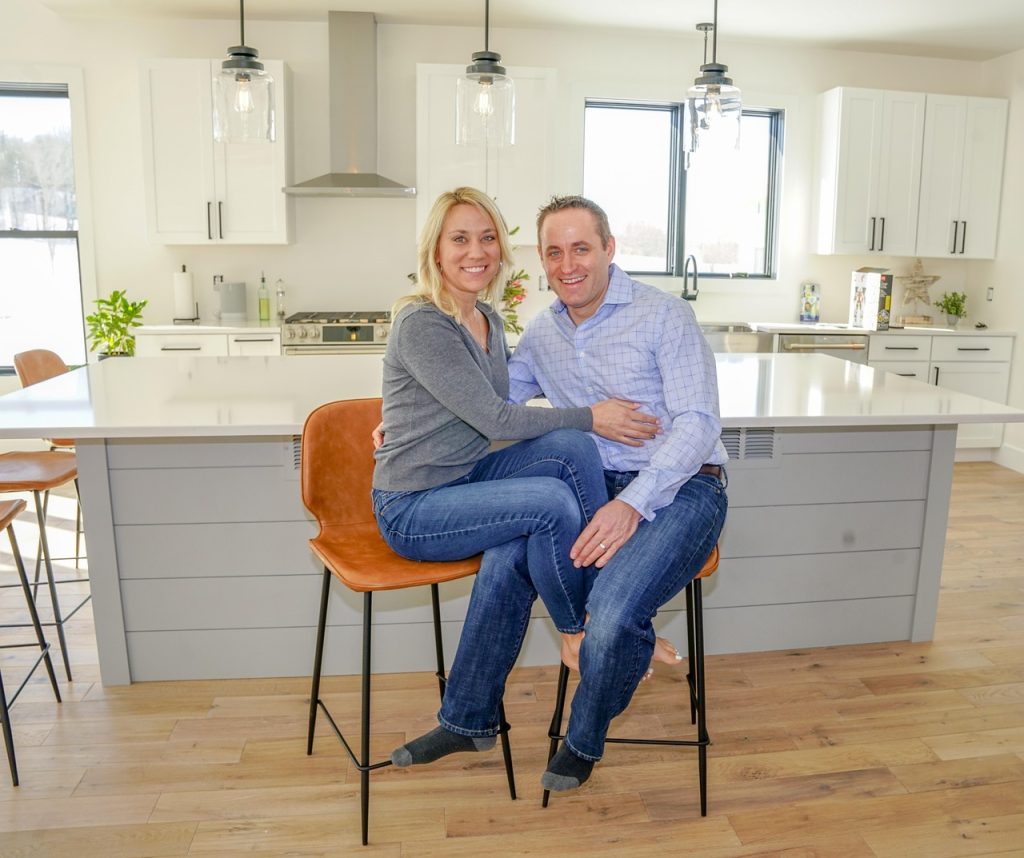
The kitchen remains the heart of most homes, where families gather and memories are made daily. Corian countertops Toronto homeowners are selecting offer an impressive blend of beauty, durability, and practicality that fits modern family life. With more people investing in home improvements, countertop choices have become an important decision for creating functional, attractive kitchens.
Versatile Design Options
Kitchen styles vary widely across homes in the Greater Toronto Area. Corian countertops Toronto suppliers provide come in over 100 colors and patterns, making it easy to match any design vision. From subtle neutrals to bold statement colors, the wide selection helps homeowners create exactly the look they want.
Seamless Installation Benefits
Visible seams can collect dirt and disrupt the clean lines of your kitchen design. The unique manufacturing process allows fabricators to create virtually invisible joints between sections. This seamless appearance creates a sleek, uninterrupted surface that looks custom-made for your space.
Family-Friendly Durability
Daily kitchen activities can put countertops through considerable wear and tear. These solid surface counters resist most stains, impacts, and heat without showing damage. Families appreciate how well they stand up to homework sessions, craft projects, and cooking adventures.
Easy Maintenance Appeal
Nobody wants to spend hours cleaning and maintaining their kitchen surfaces. Simple cleaning with soap and water keeps these countertops looking fresh without special products. This low-maintenance quality appeals to busy households looking to simplify their daily routines.
Hygienic Surface Advantages
Food safety concerns have become increasingly important in home kitchen design. The non-porous material prevents bacteria growth and doesn’t harbor germs in tiny cracks. This makes food preparation safer and gives parents peace of mind about kitchen cleanliness.
Repair Possibilities
Unlike many counter materials, minor damage doesn’t mean complete replacement. Small scratches or burns can usually be buffed out by professionals with minimal effort. This repairability makes them a smart long-term investment compared to materials that show permanent damage.
Environmental Considerations
Many homeowners now factor sustainability into their renovation decisions. Several Corian lines contain recycled content and are manufactured with energy-efficient processes. The durability also means less frequent replacement, reducing the overall environmental impact over time.
Value For Investment
Quality kitchen improvements typically deliver good returns in home value, making them a wise investment for homeowners. Among these improvements, upgraded countertops stand out for their significant impact.
The moderate price point of these surfaces positions them as an affordable luxury when compared to more expensive natural stone options. Homeowners appreciate the opportunity to achieve a premium look and performance without the premium price tag that often accompanies high-end materials.
This balance of affordability and aesthetics not only enhances the kitchen’s overall appeal but also contributes to a more enjoyable cooking and entertaining space, ultimately adding to the home’s value and marketability.
Professional Installation Quality
Working with experienced Toronto fabricators ensures the best possible results. Local professionals understand regional design preferences and installation best practices. Their expertise transforms the raw materials into perfectly fitted countertops that complement your kitchen beautifully.


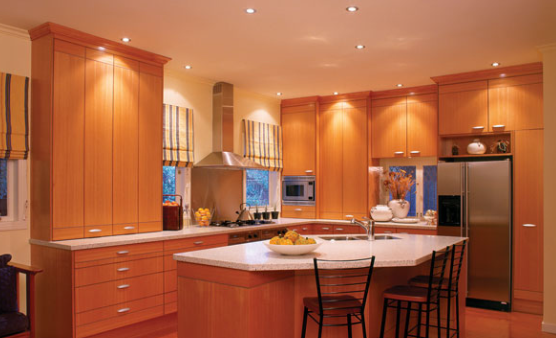
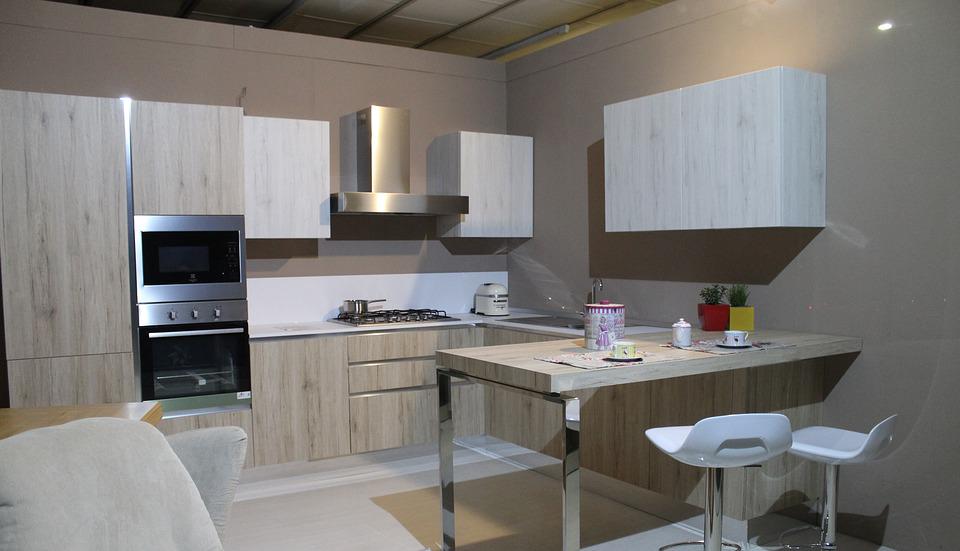
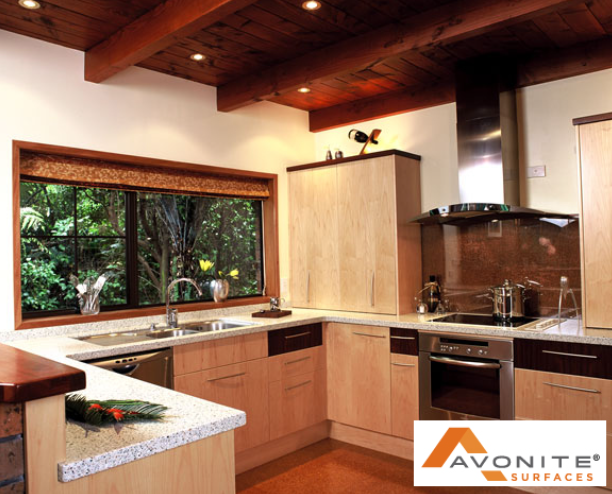
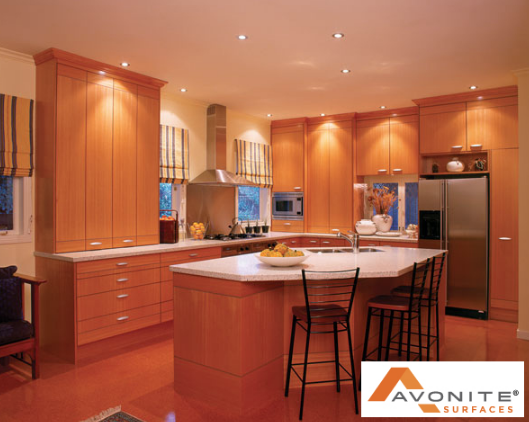 When finding the perfect counter material for your home remodel, you have a wide variety of exciting choices. From solid surface countertops to marble, you have an incredible range of options. This year solid surface remains a popular option. Why? Affordable, versatile, and easy to clean, the solid surface provides a great option for homeowners and families. Check out this year’s top trending counter-trends.
When finding the perfect counter material for your home remodel, you have a wide variety of exciting choices. From solid surface countertops to marble, you have an incredible range of options. This year solid surface remains a popular option. Why? Affordable, versatile, and easy to clean, the solid surface provides a great option for homeowners and families. Check out this year’s top trending counter-trends. When you need stain-resistant antimicrobial commercial kitchen counters, look no further than solid surface countertops. In 2020 your kitchen renovation needs a durable material that is easy to sanitize and versatile for any professional restaurant or healthcare space. Discover why solid surface remains the best option for the
When you need stain-resistant antimicrobial commercial kitchen counters, look no further than solid surface countertops. In 2020 your kitchen renovation needs a durable material that is easy to sanitize and versatile for any professional restaurant or healthcare space. Discover why solid surface remains the best option for the  With so many manufacturers of solid surface countertops, finding the best material is challenging. You have a wide range of options, each with their own benefits. And how do these materials, for example solid surface countertops vs. quartz? We took the time to compare some of the most popular solid surface.
With so many manufacturers of solid surface countertops, finding the best material is challenging. You have a wide range of options, each with their own benefits. And how do these materials, for example solid surface countertops vs. quartz? We took the time to compare some of the most popular solid surface. With so many options for your kitchen countertops, what should you choose? No matter your kitchen design layout, you need a durable aesthetically attractive countertop. Solid surface countertops provide an affordable and versatile countertop option for your home. Protect your family from bacteria and viruses. Available in a wide variety of bold colors and designs, enjoy the strength of the solid surface.
With so many options for your kitchen countertops, what should you choose? No matter your kitchen design layout, you need a durable aesthetically attractive countertop. Solid surface countertops provide an affordable and versatile countertop option for your home. Protect your family from bacteria and viruses. Available in a wide variety of bold colors and designs, enjoy the strength of the solid surface.



 Copyright © 2025 · Solid Surface · Web design by
Copyright © 2025 · Solid Surface · Web design by